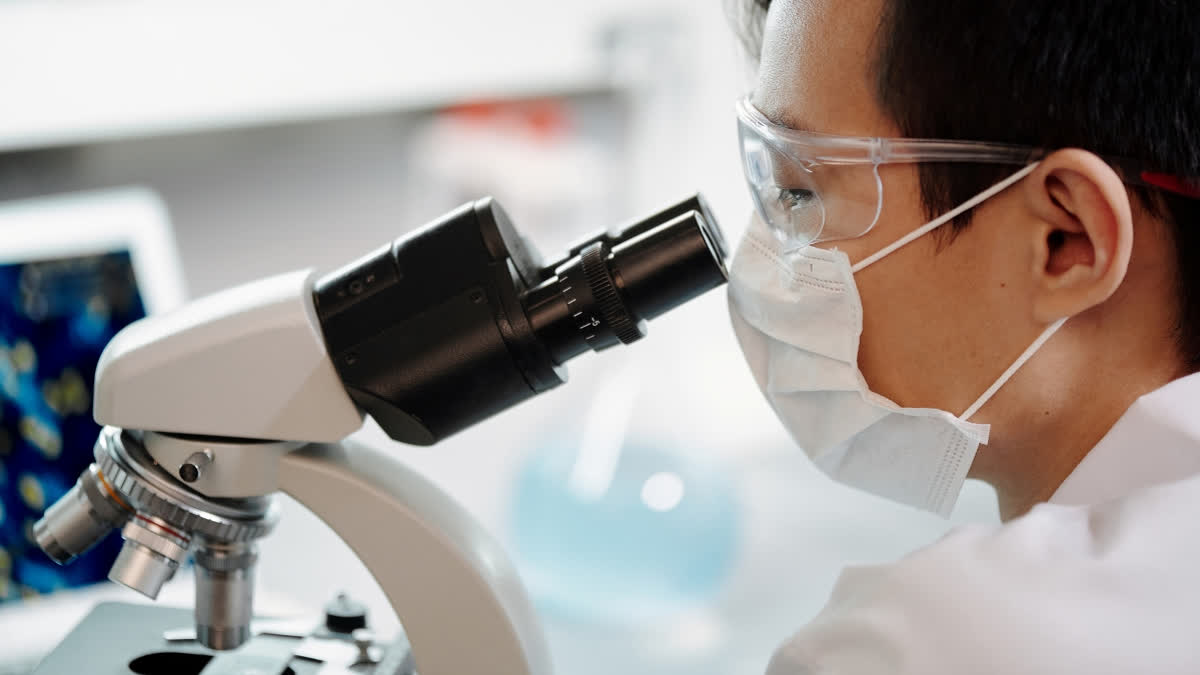Philadelphia (US): An estimated 295 million people suffer from visual impairment globally. Around 43 million of those people are living with blindness. While not every form of blindness can be cured, recent scientific breakthroughs have uncovered new ways to treat some forms of inherited blindness through gene therapy.
Jean Bennett is a gene therapy expert and a professor emeritus of ophthalmology at the University of Pennsylvania. She and her laboratory developed the first gene therapy drug for a genetic disease to be approved in the U.S. The drug, Luxturna, treats patients with biallelic RPE65 mutation-associated retinal dystrophy, a rare genetic disorder that causes visual impairments and blindness in patients early in life.
In March, Bennett spoke at the 2023 Imagine Solutions Conference in Naples, Florida, about what gene therapy is, why it matters and the success she and her team have had helping the blind to see. The Conversation caught up with Bennett after the conference. Her edited answers are below.
What is gene therapy and how does it work?Gene therapy is a set of techniques that harness DNA or RNA to treat or prevent disease. Gene therapy treats disease in three primary ways: by substituting a disease-causing gene with a healthy new or modified copy of that gene; turning genes on or off; and injecting a new or modified gene into the body.
How has gene therapy changed how doctors treat genetic eye diseases and blindness?In the past, many doctors did not think it necessary to identify the genetic basis of eye disease because treatment was not yet available. However, a few specialists, including me and my collaborators, identified these defects in our research, convinced that someday treatment would be made possible. Over time, we were able to create a treatment designed for individuals with particular gene defects that lead to congenital blindness.
This development of gene therapy for inherited disease has inspired other groups around the world to initiate clinical trials targeting other genetic forms of blindness, such as choroideremia, achromatopsia, retinitis pigmentosa and even age-related macular degeneration, all of which lead to vision loss. There are at least 40 clinical trials enrolling patients with other genetic forms of blinding disease.
Gene therapy treatments are now available in pharmacies and operating rooms all over the world. Gene therapy is even being used to restore vision to people whose photoreceptors the cells in the retina that respond to light have completely degenerated. This approach uses optogenetic therapy, which aims to revive those degenerated photoreceptors by adding light-sensing molecules to cells, thereby drastically improving a person's vision.
You created one of the first gene therapies approved in the US. What is the current state of the clinical use of gene therapy?There are now many approved gene therapies in the U.S., but the majority are combined with cell therapies in which a cell is modified in a dish and then injected back into the patient.
